Archives
- 2025-11
- 2025-10
- 2025-09
- 2025-03
- 2025-02
- 2025-01
- 2024-12
- 2024-11
- 2024-10
- 2024-09
- 2024-08
- 2024-07
- 2024-06
- 2024-05
- 2024-04
- 2024-03
- 2024-02
- 2024-01
- 2023-12
- 2023-11
- 2023-10
- 2023-09
- 2023-08
- 2023-07
- 2023-06
- 2023-05
- 2023-04
- 2023-03
- 2023-02
- 2023-01
- 2022-12
- 2022-11
- 2022-10
- 2022-09
- 2022-08
- 2022-07
- 2022-06
- 2022-05
- 2022-04
- 2022-03
- 2022-02
- 2022-01
- 2021-12
- 2021-11
- 2021-10
- 2021-09
- 2021-08
- 2021-07
- 2021-06
- 2021-05
- 2021-04
- 2021-03
- 2021-02
- 2021-01
- 2020-12
- 2020-11
- 2020-10
- 2020-09
- 2020-08
- 2020-07
- 2020-06
- 2020-05
- 2020-04
- 2020-03
- 2020-02
- 2020-01
- 2019-12
- 2019-11
- 2019-10
- 2019-09
- 2019-08
- 2019-07
- 2019-06
- 2019-05
- 2019-04
- 2018-11
- 2018-10
- 2018-07
-
It is well accepted that PKA is a key
2024-09-23
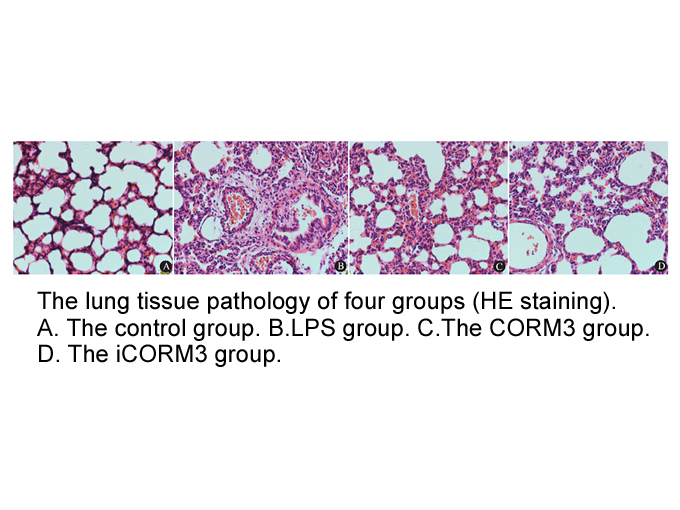
It is well accepted that PKA is a key enzyme activated at the beginning of the capacitation process [69]. As mentioned above phosphorylation/inactivation of cofilin in sperm is a PKA dependent process [58]. We could not see any change in cofilin phosphorylation level by adding the PKA activator 8Br-
-
br Innate immune mechanisms that confront viral infection br
2024-09-23
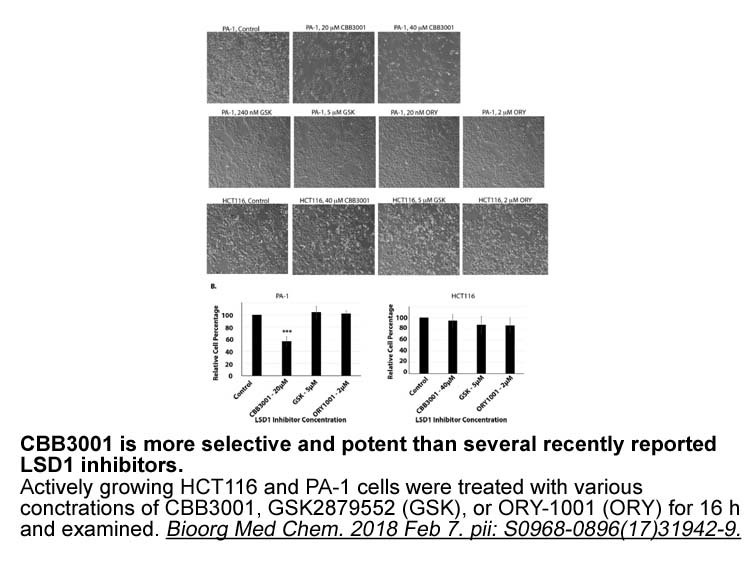
Innate immune mechanisms that confront viral infection Autophagy induction by virus sensing Antiviral xenophagy and virophagy The presence of viral particles within autophagosomal structures has been visualized in only rare instances. This is the case for HSV-1 when it is devoided of ICP34.
-
In plants altered expression of Aurora kinases results in im
2024-09-23
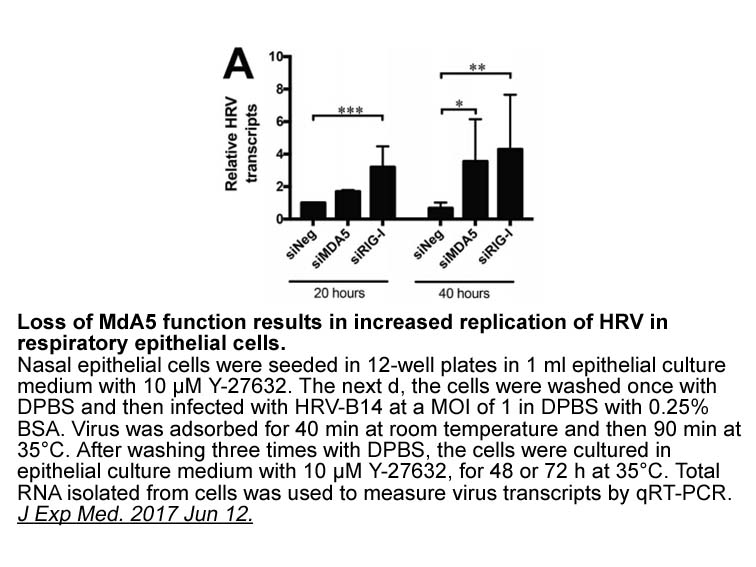
In plants, altered expression of Aurora kinases results in impaired meiotic divisions followed by the formation of aneuploid or polyploid progenies [21]. This observation is interesting from an evolutionary point of view because it can be assumed that, during evolution, the influence of biotic and a
-
Along with the improvement of the cadmium
2024-09-23
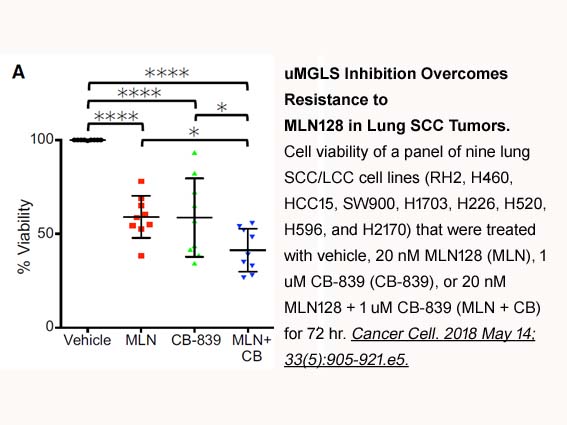
Along with the improvement of the cadmium transport from roots to aerial tissues, as is required for phytoremediation, over-expression of PtoHMA5 also led to the excessive accumulation of cadmium in leaves that was harmful to plant growth and physiological performance. Thus, detoxification of the he
-
Recent progress has been made in translating
2024-09-23
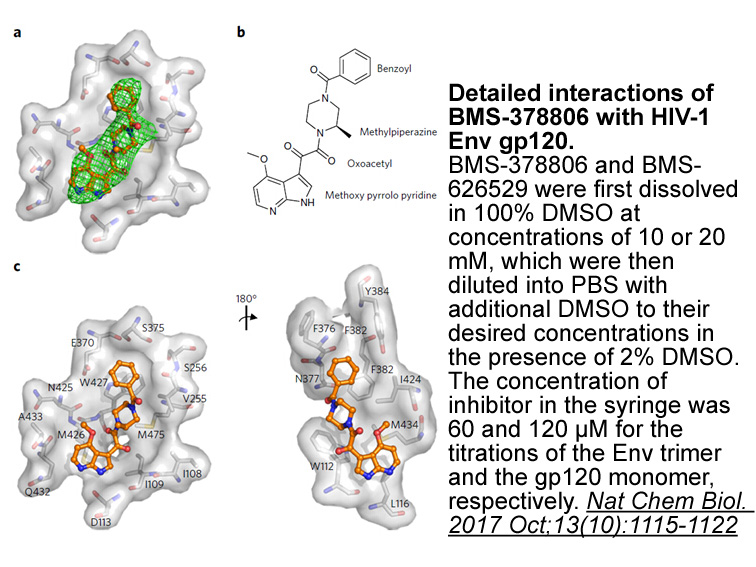
Recent progress has been made in translating animal findings on memory performance and amnestic effects – that are largely determined by tonically active receptors in which α5 contributes to the benzodiazepine binding site. Based on the observation that deletion of this subunit led to improved spati
-
In conclusion we report that the
2024-09-23
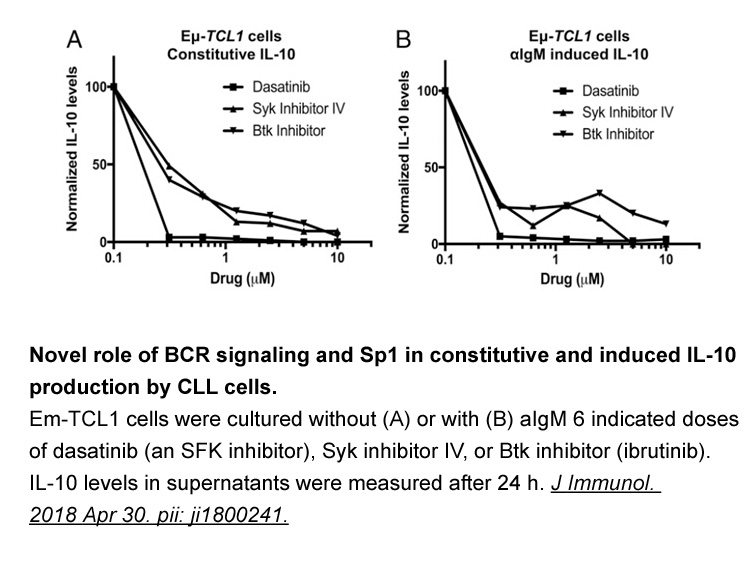
In conclusion, we report that the widely prescribed drug VPA exerts therapeutic effects on optic nerve demyelination and retinal degeneration in a mouse model of MS. Our findings raise an interesting possibility that combination therapy of VPA and ASK1 inhibition may be useful for treatment of autoi
-
br Conclusions In summary the present results
2024-09-23

Conclusions In summary, the present results showed that ageing diminished arginase activity only in clearance tissues and that l-arginine supplementation did not induce major changes in arginase activity thus refuting a role of arginase in the potential deleterious effects of l-arginine supplemen
-
Given that neither case is derived from
2024-09-23

Given that neither case is derived from multiplex 76 7 australia with affected individuals, principles of Mendelian segregation cannot be applied to implicate the T201S mutation in causing familial CJD. In addition, like many rare gene variants, it is not possible to apply practice guidelines such
-
br Concluding Remarks Despite major advances in the developm
2024-09-21
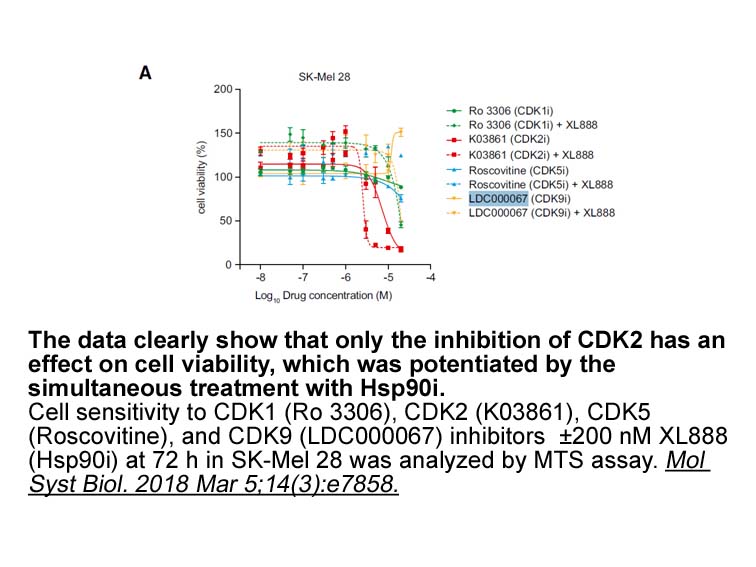
Concluding Remarks Despite major advances in the development of antibody and small-molecule tumor angiogenesis inhibitors, therapy resistance, both innate and acquired, continues to limit further survival improvements for patients with cancer. Preclinical models of localized primary tumors and me
-
Methylcobalamin synthesis Pathological angiogenesis occurs w
2024-09-21
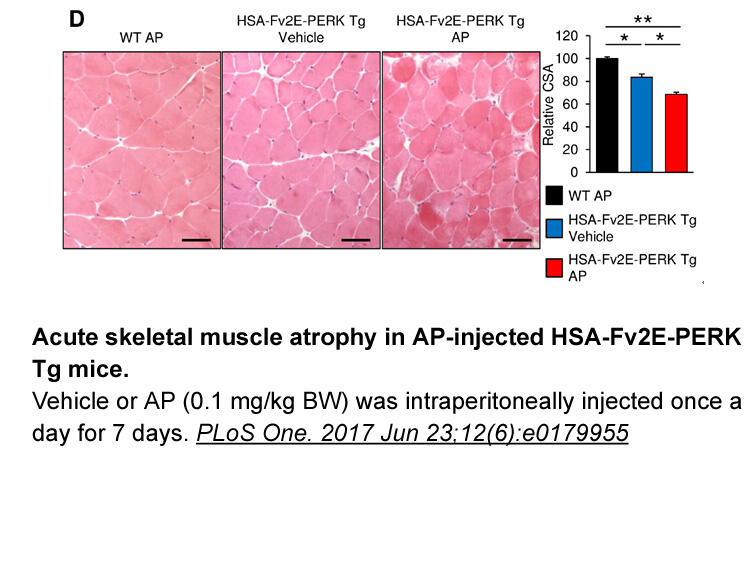
Pathological angiogenesis occurs when an imbalance of endogenous proangiogenic and antiangiogenic factors occurs. Although the focus of angiogenesis-related drug development has been geared to the discovery of antiangiogenic compounds for use in pathologies where excessive angiogenesis occurs (cance
-
The most common grade AEs associated
2024-09-21
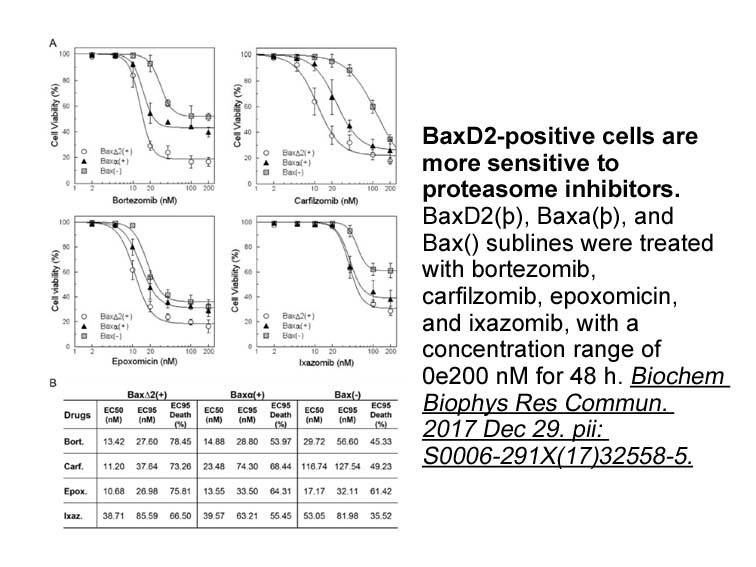
The most common grade 3/4 AEs associated with the soluble fusion protein ziv-aflibercept are neutropenia, hypertension, and diarrhea [63]. In general, medical oncologists associate ziv-aflibercept with worse toxicity than BV, and meta-analyses of clinical trial data with ziv-aflibercept or BV suppor
-
br AR signals and chemosensitivity in urothelial cancer A si
2024-09-21

AR signals and chemosensitivity in urothelial cancer A significant amount of patients with urothelial cancer fail to respond to cisplatin-based systemic chemotherapy, although it remains the mainstay of successful management of advanced disease. However, underlying mechanisms for chemoresistance
-
br AR signaling and urothelial
2024-09-21

AR signaling and urothelial cancer progression As shown in other types of malignancies, such as prostate cancer cells, it has been documented that androgens induce AR expression and its nuclear translocation as well as ARE promoter activity in urothelial cancer cells (Chen et al., 2003, Izumi et
-
Microcystin-LR mg AMP activated protein kinase AMPK is compo
2024-09-21
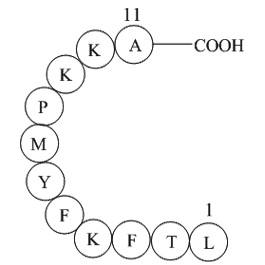
AMP-activated protein kinase (AMPK) is composed of α-, β-, and γ-subunits [17,18]. Phosphorylation of α-subunit at Thr-172 residue is essential for AMPK activation [17,18]. The serine/threonine kinase coordinates metabolic pathways in response to energy supply and demand [17,18]. Studies have shown
-
In human epidermoid carcinoma A cells
2024-09-21
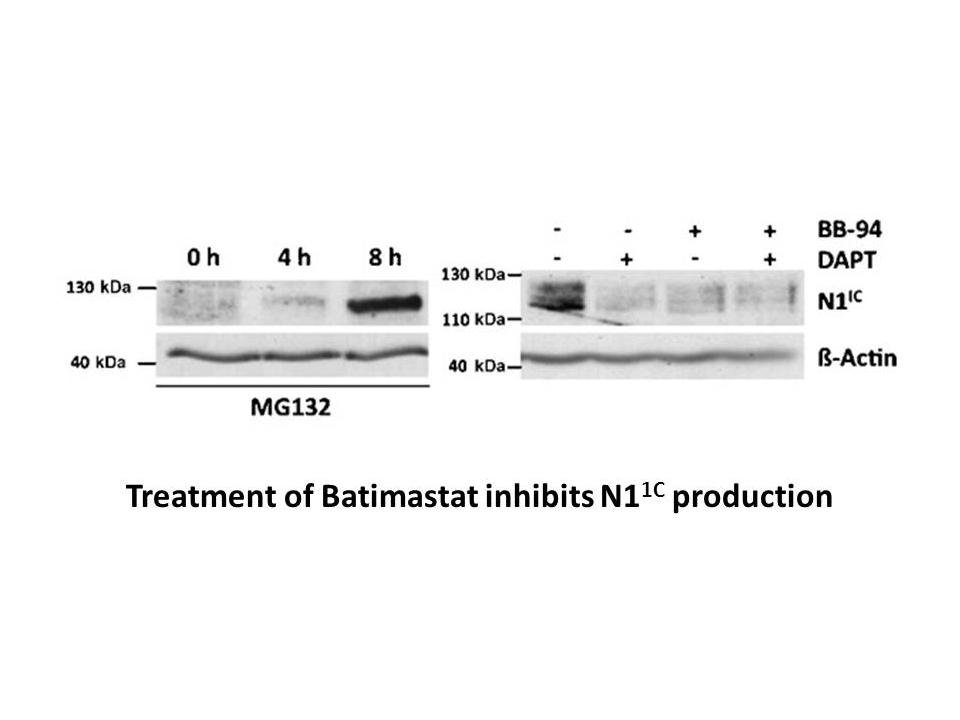
In human epidermoid carcinoma A431 cells, 12-lipoxygenase was significantly increased in glutathione-depleted cells. The relative abundance of phospholipid hydroperoxide versus glutathione peroxidase seems to play an important role in controlling the lipoxygenase reaction [57]. It has been proposed
15874 records 83/1059 page Previous Next First page 上5页 8182838485 下5页 Last page